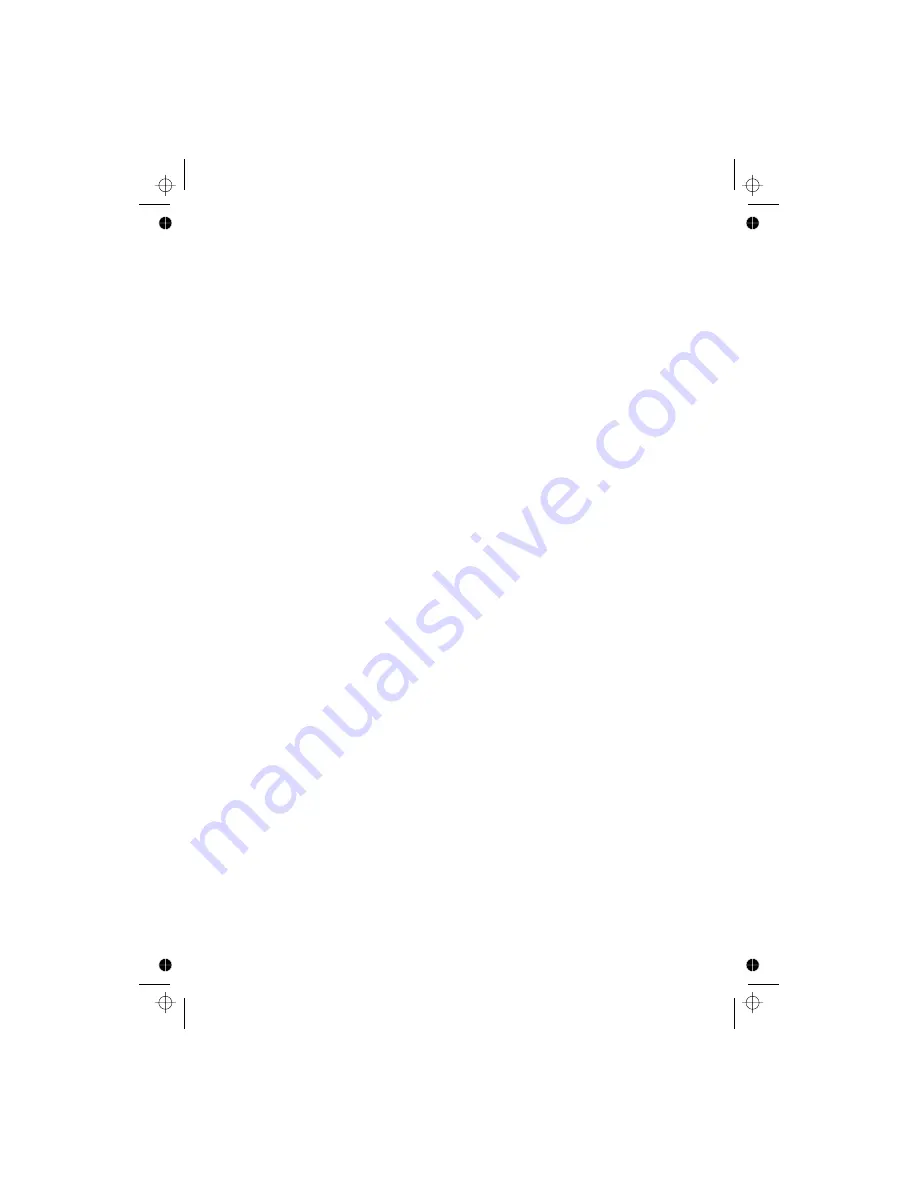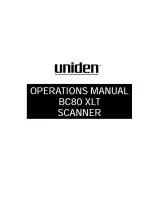
What is Scanning?
What is Searching?
What is CTCSS/DCS?
Unlike standard AM or FM radio stations, most two-way communications do not
transmit continuously. Your UBCD996T scans programmed channels until it finds an
active frequency, then stops on that frequency and remains on that channel as long
as the transmission continues. When the transmission ends, the scanning cycle
resumes until the scanner receives another transmission.
The UBCD996T can search each of its 9 service search ranges and up to 10 custom
search ranges to find active frequencies. This is different from scanning because
you are searching for frequencies that have not been programmed into the
scanner’s channels. You set the upper and the lower values of the range and then
the scanner searches for any active frequency within the limits you specify. When
the scanner finds an active frequency, it stops on that frequency as long as the
transmission lasts. If you think the frequency is interesting, you can program it into
the scanner’s memory. If not, you can continue to search.
Your scanner can monitor systems using a Continuous Tone Coded Squelch System
(CTCSS) and Digital Coded Squelch (DCS) system, which allow squelch to open
only when the tone you have programmed with a specific frequency is received
along with a transmission.
CTCSS and DCS are sub-audible tone signaling systems sometimes referred to as
PL or DPL (Motorola’s trademarked terms for Private Line and Digital Private Line
respectively). CTCSS and DCS are used only for FM signals and are usually
associated with both amateur and commercial two-way frequencies. These systems
make use of a special sub-audible tone that accompanies a transmitted signal.
CTCSS and DCS are used for many purposes. In many cases, CTCSS and DCS
are used to restrict access to a commercial repeater, so that only those units which
transmit the correct tone along with their signal can “talk” to the repeater.
CTCSS and DCS are also used in areas that receive interference where there are
several stations with output frequencies close to each other. When this occurs, you
might hear multiple communications on the same frequency. The stations might
even interfere with each other to the point where it is impossible to clearly receive
any of the stations. A scanner, such as your UBCD996T, equipped with CTCSS and
DCS, can code each received frequency with a specific sub-audible CTCSS or DCS
frequency or code. Then, when you receive multiple signals, you only hear the
transmission with the CTCSS or DCS tone you programmed. If you do not receive
the correct tone with a signal, the scanner’s squelch remains closed and you hear
nothing.
The tables showing the available CTCSS frequencies and DCS codes are found in
the Reference Section on Page 138 of this manual.
22
Summary of Contents for UBCD996T
Page 1: ...Owner s Manual OWNER S MANUAL UBCD996T...
Page 9: ...9 This page is intentionally blank...
Page 10: ...10 This page is intentionally blank...
Page 16: ...Memory Storage Limits depending on the number of TGID in the system 16...
Page 40: ...40 Press...
Page 41: ...41 SRVC All Opens Service Search Select menu Press...
Page 42: ...42...
Page 43: ...43 SRVC SRVC...
Page 63: ...63...
Page 64: ...64...
Page 65: ...65...
Page 111: ...111 This page is intentionally blank...
Page 112: ...112 This page is intentionally blank...
Page 113: ...113 This page is intentionally blank...
Page 127: ...127...
Page 133: ...133...
Page 136: ...136 This page is intentionally blank...
Page 137: ...137 This page is intentionally blank...
Page 138: ...138...
Page 139: ...139 This page is intentionally blank...
Page 143: ...143 This page is intentionally blank...
Page 145: ...145 This page is intentionally blank...
Page 146: ...146 MEMO...
Page 147: ...147 MEMO...
Page 148: ...2007 Uniden Australia Pty Limited Uniden New Zealand Limited Printed in China UBZZ01335AA 0...
















































